Navigating Steel Demand in Saudi Arabia’s Expanding Construction Sector
Crown Prince Mohammed bin Salman recently announced an initiative named Vision 2030. It is a strategy adopted to decrease the country’s dependence on oil. Under this initiative, they are going to undertake construction projects fueling tourism. Mega projects like NEOM, the Red Sea Project, and Qiddiya are a part of this initiative.
Steel is the center of this transformation. It is the foundation stone of large-scale infrastructure. The massive construction projects of Vision 2030 will lead to an increase in steel demand. It is an excellent opportunity for global steel suppliers in Saudi Arabia. However, it has its challenges.
Current Steel Demand in Saudi Arabia
Under the Vision 2030 initiative, the Kingdom has started many construction projects. It has led to increased demand for steel suppliers in Saudi Arabia. The Kingdom’s primary focus is
- Build futuristic cities and entertainment hubs
- Expand the Kingdom’s network
- Enhance Industrial Capacity
All of these have prompted an unusual requirement for steel.
| Year | Steel Consumption (in MT) |
|---|---|
| 2022 | 17.9 Million MT |
| 2023 | 19.3 Million MT |
| 2024 (till date) | 20.7 Million MT (approx) |
The Key infrastructure projects are
-
- $500 billion NEOM smart city
- The massive Red Sea tourism venture and
- The Riyadh Metro
All of them are steel-intensive undertakings.
These projects will also lead to an increase in housing and commercial developments. Thus, steel suppliers in Saudi Arabia will soon become the most sought-after business.
Domestic Steel Production vs Imports
Hadeed, a subsidiary of SABIC, is one of the largest steel suppliers in Saudi Arabia. It produces significant steel to meet the country’s increasing demand. However, it still cannot fulfill the requirement, leading to reliance on imports.
| Year | Domestic Steel Production (in million metric tons) | Steel Imports (in million metric tons) |
|---|---|---|
| 2022 | 8.0 million MT | 9.9 million MT |
| 2023 | 8.5 million MT | 10.8 million MT |
| 2024 (till now) | 8.9 million MT (est.) | 11.8 million MT (est.) |
Much of Saudi Arabia’s steel comes from countries like China, Turkey, and the UAE. However, importing steel presents challenges, such as
- Fluctuating prices.
- Shipping delays
- Tariffs.
The Kingdom’s steel importers constantly navigate global supply chain issues. On the other hand, they must manage costs to meet the country’s construction needs.
Price Fluctuations and Market Trends
Global market dynamics heavily influence steel prices in Saudi Arabia. Local prices are highly impacted by
- Changes in the cost of raw materials, such as iron ore
- International supply chain disruptions.
Moreover, the COVID-19 pandemic led to global steel shortages. It also surged the steel prices. As a result, Saudi Arabia felt the ripple effects.
Local factors such as labor costs and energy prices also play a role in determining steel prices. The Saudi government has tried stabilizing prices by investing in the local steel industry and promoting competition. However, external forces continue to shape the market.
Environmental Concerns
The steel suppliers of Saudi Arabia are moving ahead with its Vision 2030. However, sustainability is becoming integral to the Kingdom’s development strategy. It includes adopting green construction practices. Thus, it has opened the door for sustainable steel suppliers in Saudi Arabia.
Many international and local steel suppliers are now focusing on producing eco-friendly steel. It emits fewer carbon emissions during production.
The Saudi government will also introduce regulations and incentives to encourage sustainable building materials. The Kingdom aims to become a leader in renewable energy. It will spike the demand for green steel suppliers in Saudi Arabia in the coming years.
Future Outlook
The future of demand for steel suppliers in Saudi Arabia looks promising. Mega projects are expected to fuel consumption over the next decade. The Kingdom’s appetite for steel is about to increase with the
- Urbanization of cities
- Construction of smart cities
- Need for new industrial zones
However, it does not come challenge-free.
Many factors can affect the steel suppliers in Saudi Arabia. The most important of them are
- Raw material shortages
- Fluctuating global prices
- Environmental regulations
- Trade barriers.
Saudi Arabia has the power to overcome these challenges. They can continue to work on achieving their Vision 2030 initiated by
- Building a resilient supply chain
- Investing in local production and
- Adopting green technologies
Conclusion
Saudi Arabia’s construction boom has created a fertile ground for the steel industry. However, they must maintain a delicate balance between supply and sustainability. It is necessary to meet the growing demand for steel.
Indian steel suppliers in Saudi Arabia have a strategic opportunity to capitalize on growing demand. Indian exporters can strengthen their foothold by enhancing supply chain efficiency and ensuring competitive pricing. They can easily penetrate the Saudi market by focusing on high-quality, sustainable steel. Besides, establishing partnerships with local contractors can further boost their presence. Additionally, timely delivery and adaptation to local regulations will be crucial for Indian steel suppliers in Saudi Arabia. It will help them meet the rising demand and effectively contribute to the Kingdom’s ambitious infrastructure projects.


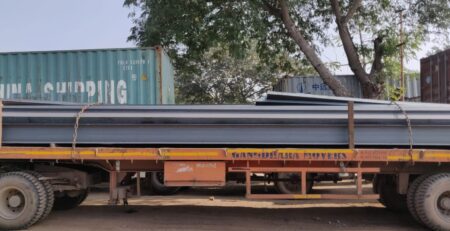
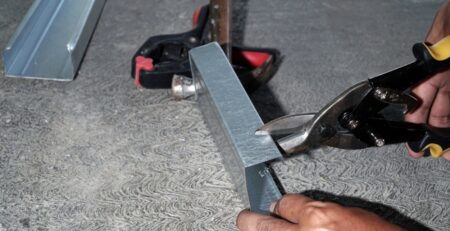
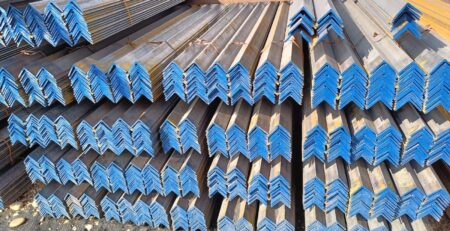

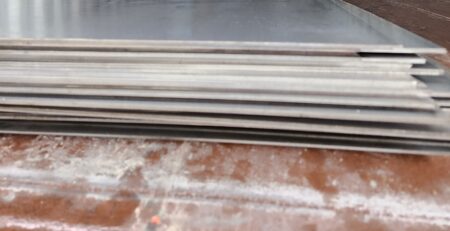
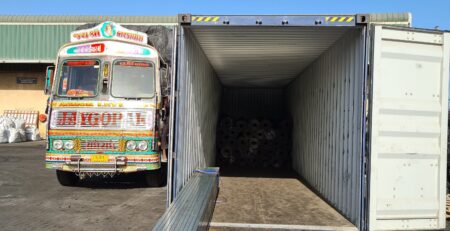

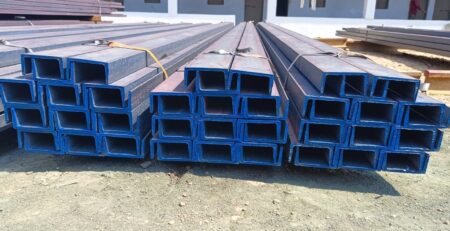
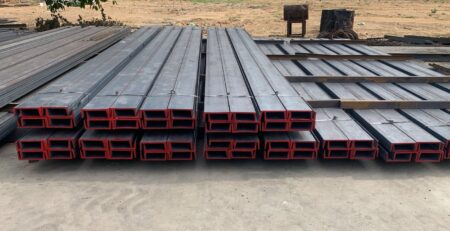


Leave a Reply